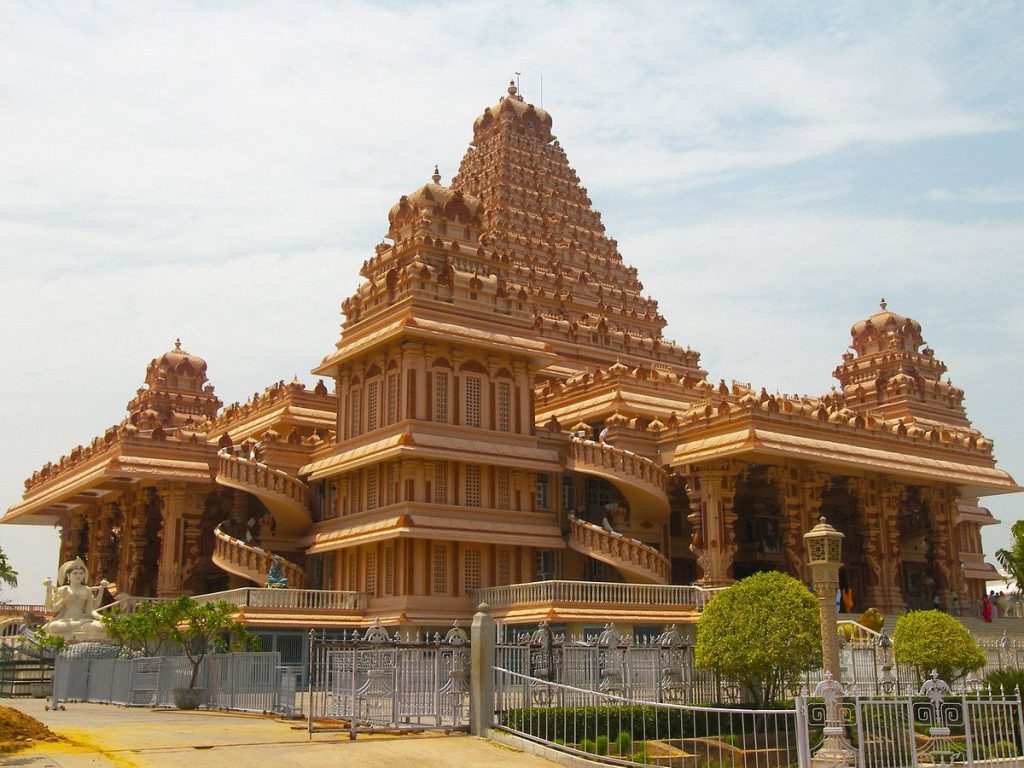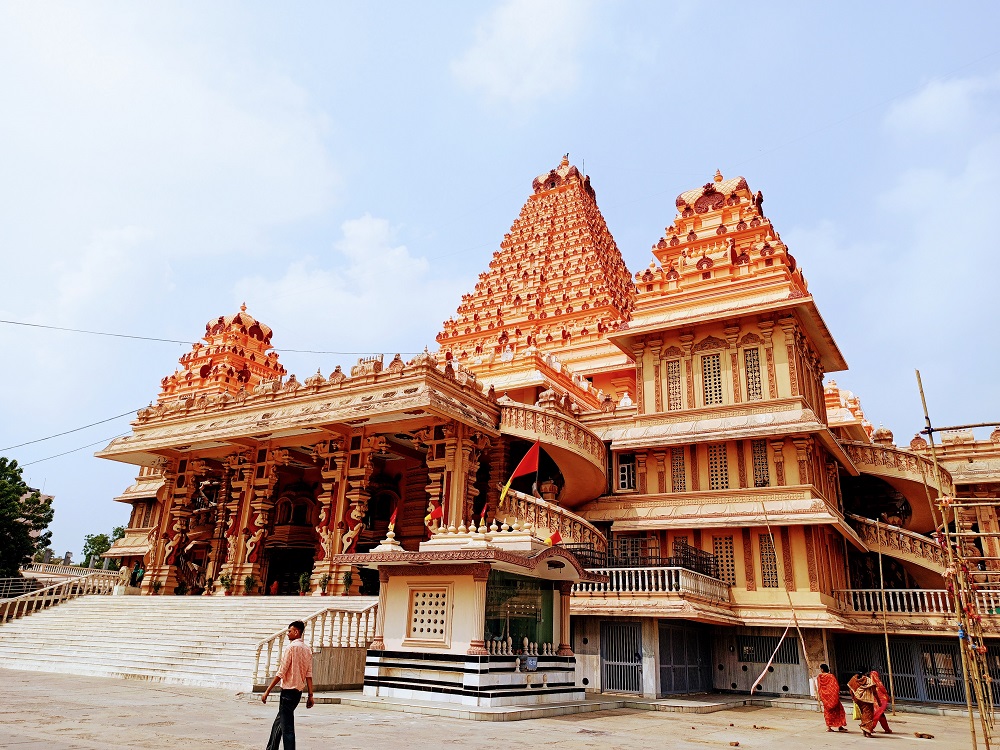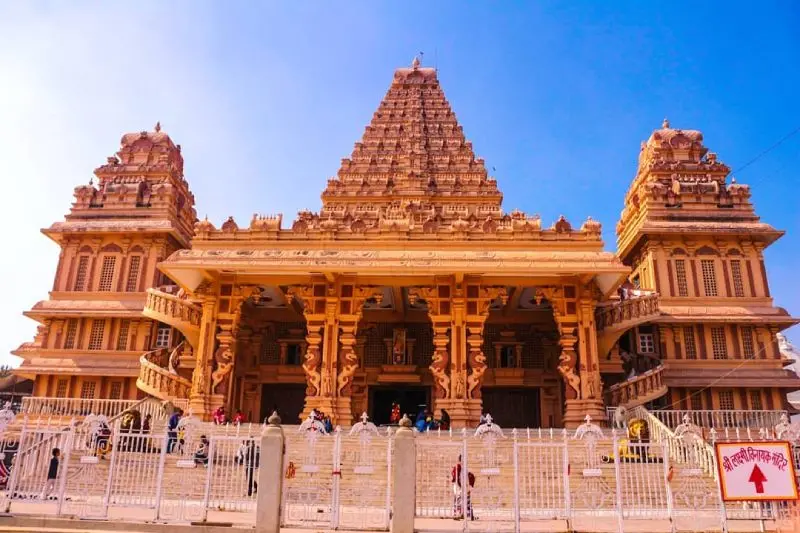SOMNATH TEMPLE
The Somanath temple(IAST: somanātha) or Deo Patan, is a Hindu temple located in Prabhas Patan, Veraval in Gujarat, India. It is one of the most sacred pilgrimage sites for Hindus and is the first among the twelve jyotirlinga shrines of Shiva. It is unclear when the first version of the Somnath temple was built, with estimates varying between the early centuries of the 1st millennium and about the 9th century CE. The temple is not mentioned in the ancient Sanskrit texts of Hinduism; while various texts, including the Mahabharata and Bhagavata Purana, mention a tirtha (pilgrimage site) at Prabhas Patan on the coastline of Saurashtra, where the temple is presently located, there is no evidence that a temple existed at the site in ancient times.
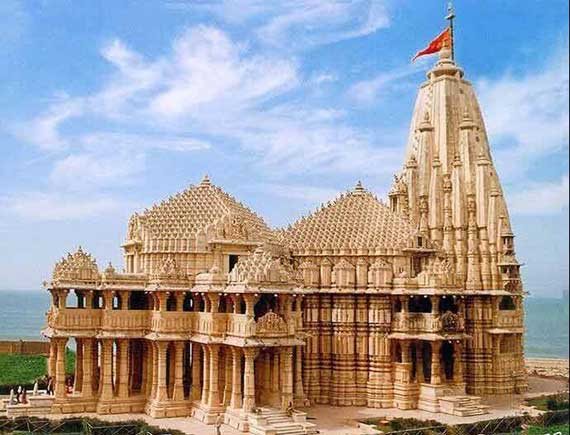
The temple was reconstructed several times in the past after repeated destruction by multiple Muslim invaders and rulers, notably starting with an attack by Mahmud Ghazni in the 11th century. In the late 19th and early 20th centuries, historians and archaeologists of the colonial era actively studied the Somnath temple because its ruins showed a historic Hindu temple that was turning into an Islamic mosque. After India’s independence, those ruins were demolished, and the present Somnath temple was reconstructed in the Māru-Gurjara style of Hindu temple architecture. The contemporary Somnath temple’s reconstruction was started under the orders of the first Deputy Prime Minister of India, Vallabhbhai Patel after receiving approval for reconstruction from Mahatma Gandhi. The reconstruction was completed in May 1951, after Gandhi’s death.

The Somnath temple is located along the coastline in Prabhas Patan, Veraval, Saurashtra region of Gujarat. It is about 400 kilometres (249 mi) southwest of Ahmedabad, 82 kilometres (51 mi) south of Junagadh – another major archaeological and pilgrimage site in Gujarat. It is about 7 kilometres (4 mi) southeast of the Veraval railway junction, about 130 kilometres (81 mi) southeast of the Porbandar airport and about 85 kilometres (53 mi) west of the Diu airport.
The Somnath temple is located close to the ancient trading port of Veraval, one of three in Gujarat from where Indian merchants departed to trade goods. The 11th-century Persian historian Al-Biruni states that Somnath has become so famous because “it was the harbor for seafaring people and a station for those who went to and fro between Sufala in the country of Zanj (east Africa) and China”. Combined with its repute as an eminent pilgrimage site, its location was well known to the kingdoms within the Indian subcontinent. Literature and epigraphical evidence suggest that the medieval-era Veraval port was also actively trading with the Middle East and Southeast Asia. This brought wealth and fame to the Veraval area, as well as the temple.
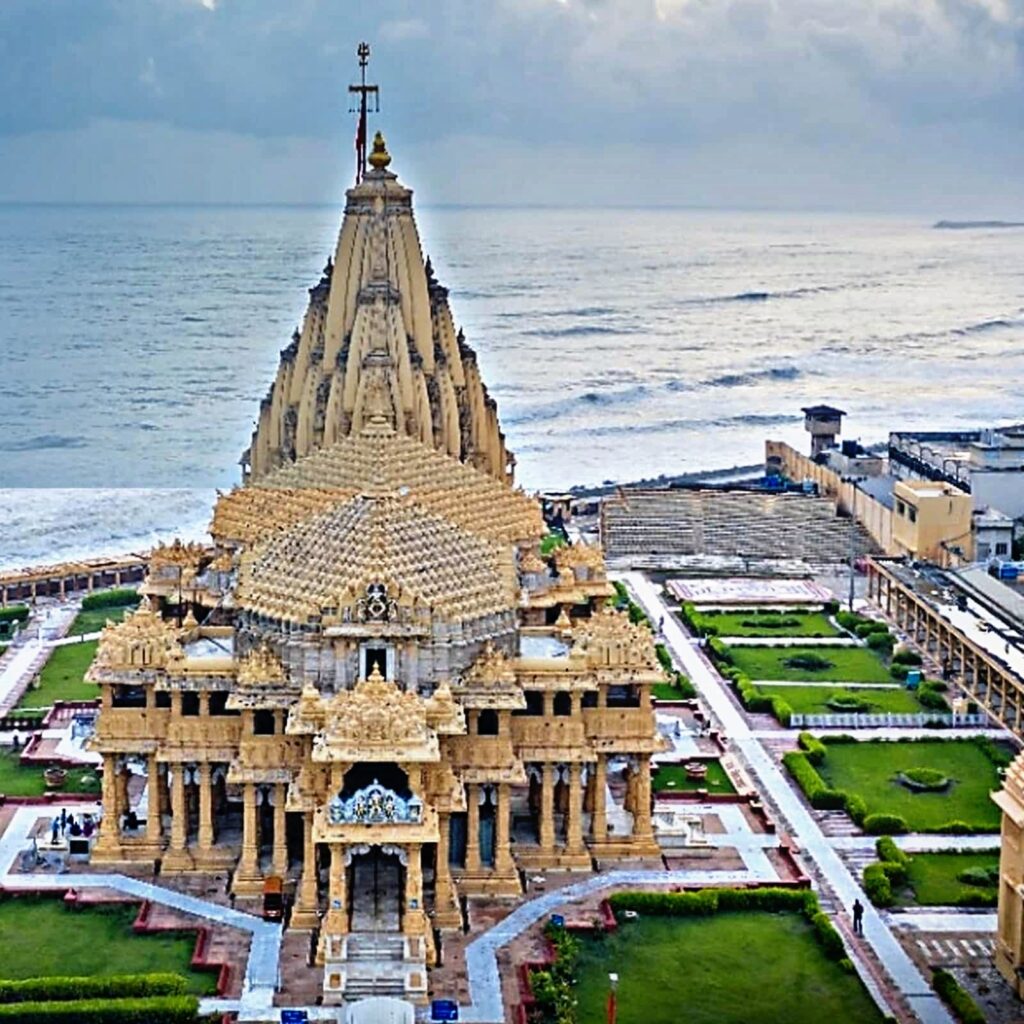
The site of Prabhas Patan was occupied during the Indus Valley Civilisation, 2000–1200 BCE. It was one of very few sites in the Junagadh district to be so occupied. After abandonment in 1200 BCE, it was reoccupied in 400 BCE and continued into the historical period. Prabhas is also close to the other sites similarly occupied: Junagadh, Dwarka, Padri and Bharuch.
The site of Somnath has been a pilgrimage site from ancient times on account of being a Triveni Sangam (the confluence of three rivers: Kapila, Hiran and Saraswati). Soma, the Moon god, is believed to have lost his lustre due to a curse, and he bathed in the Sarasvati River at this site to regain it. The result is said to be the waxing and waning of the moon. The name of the town, Prabhasa, meaning lustre, as well as the alternative name Someshvara (“the lord of the moon” or “the moon god”), arise from this tradition.
Thanks for reading.
